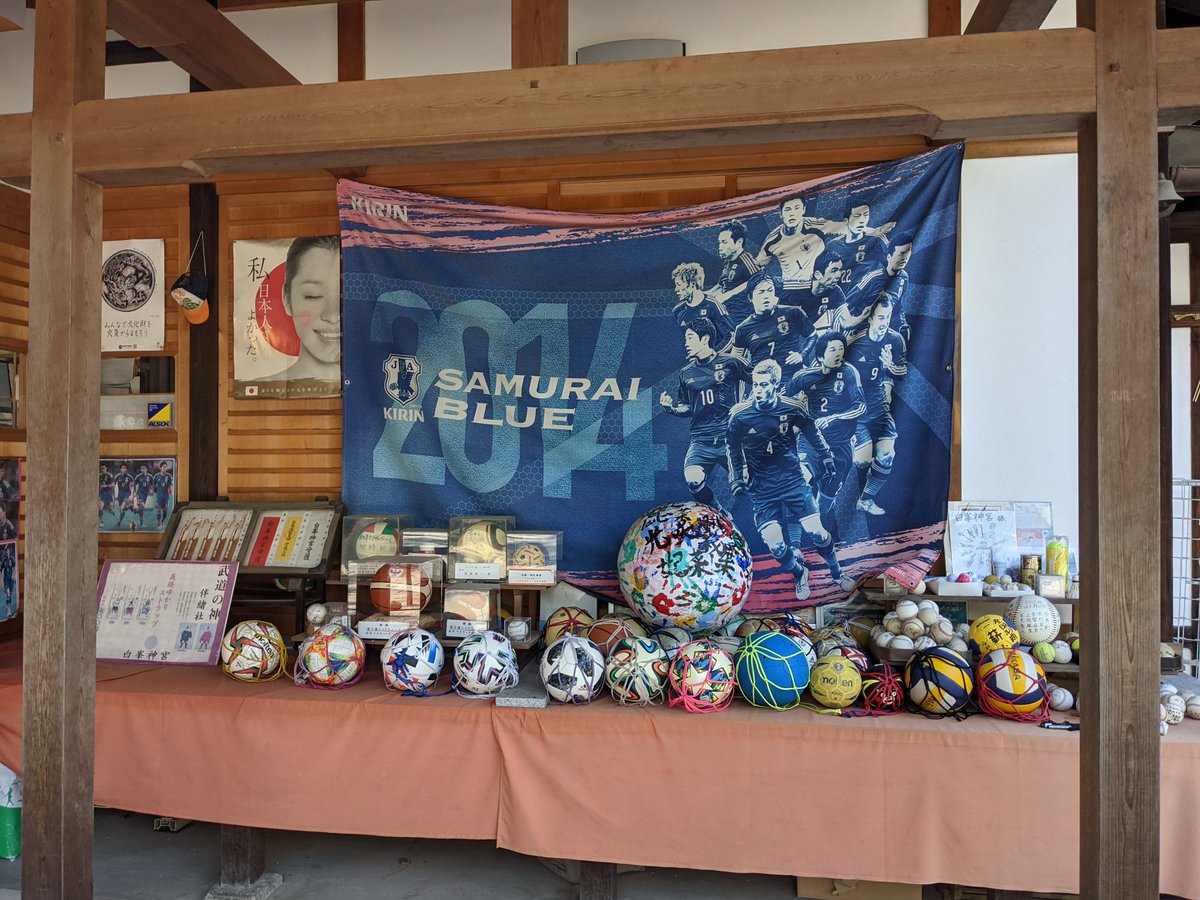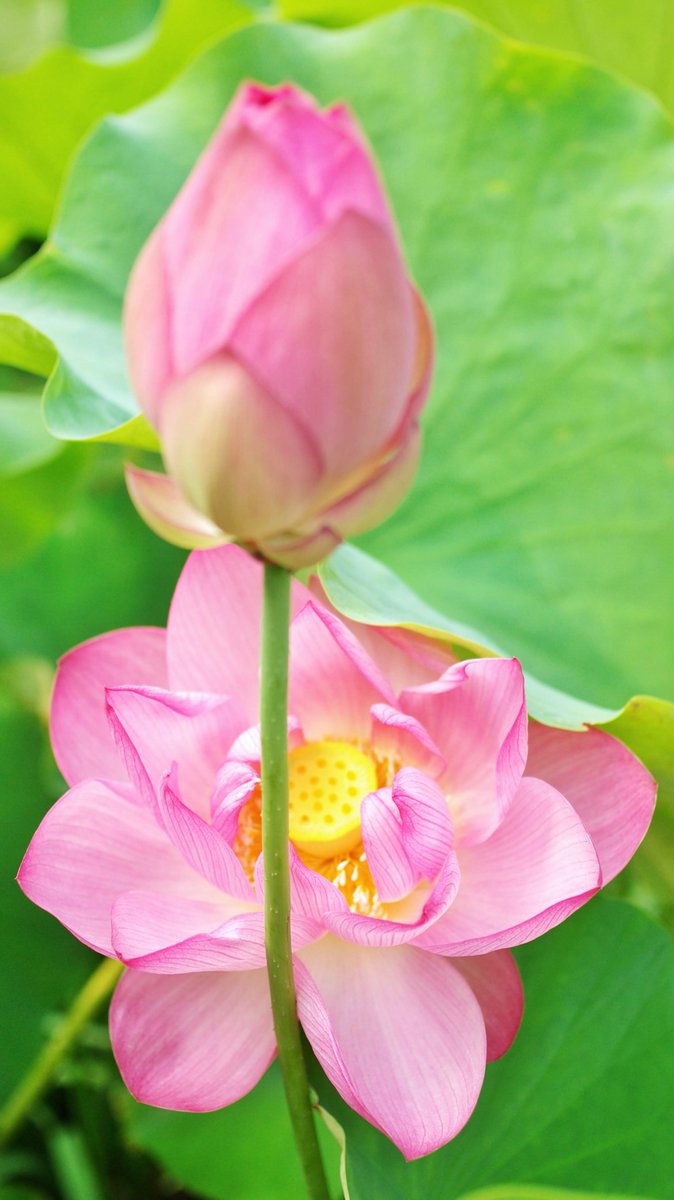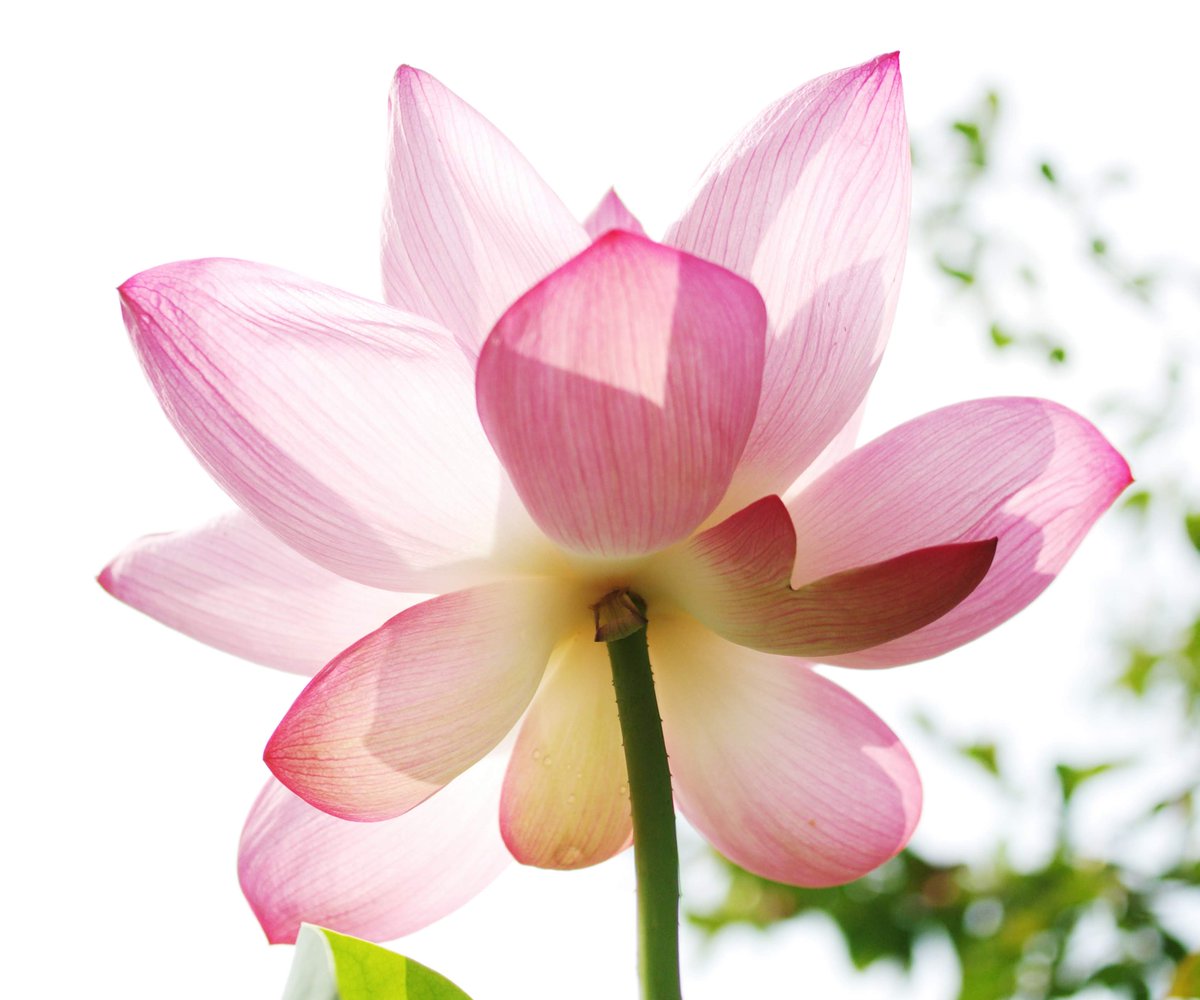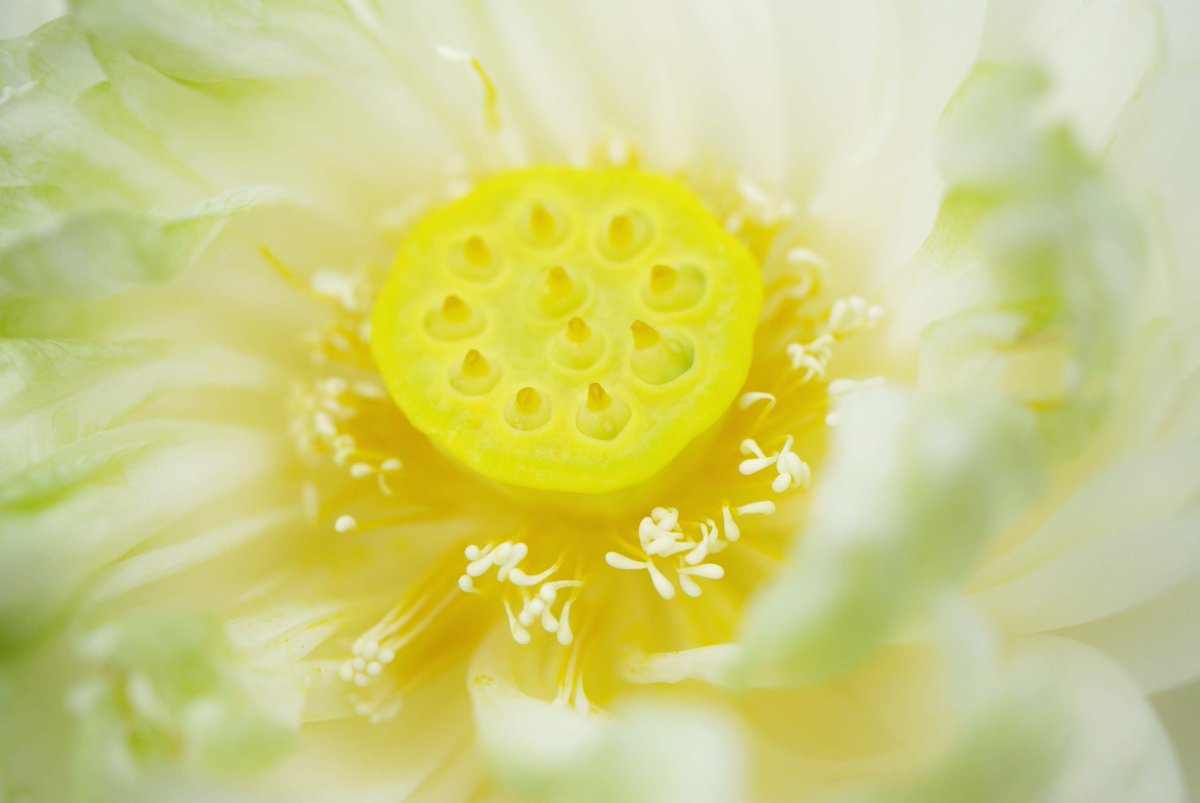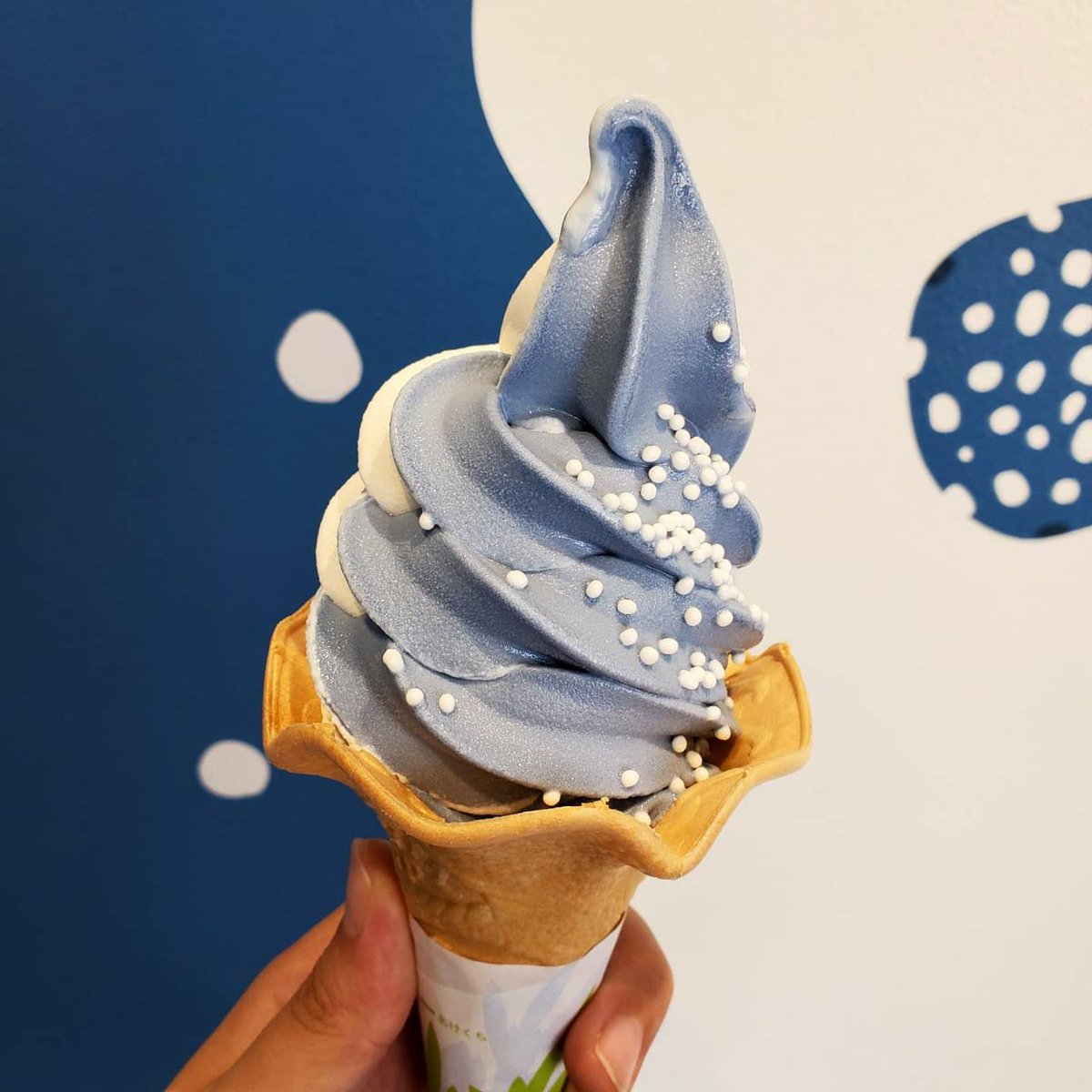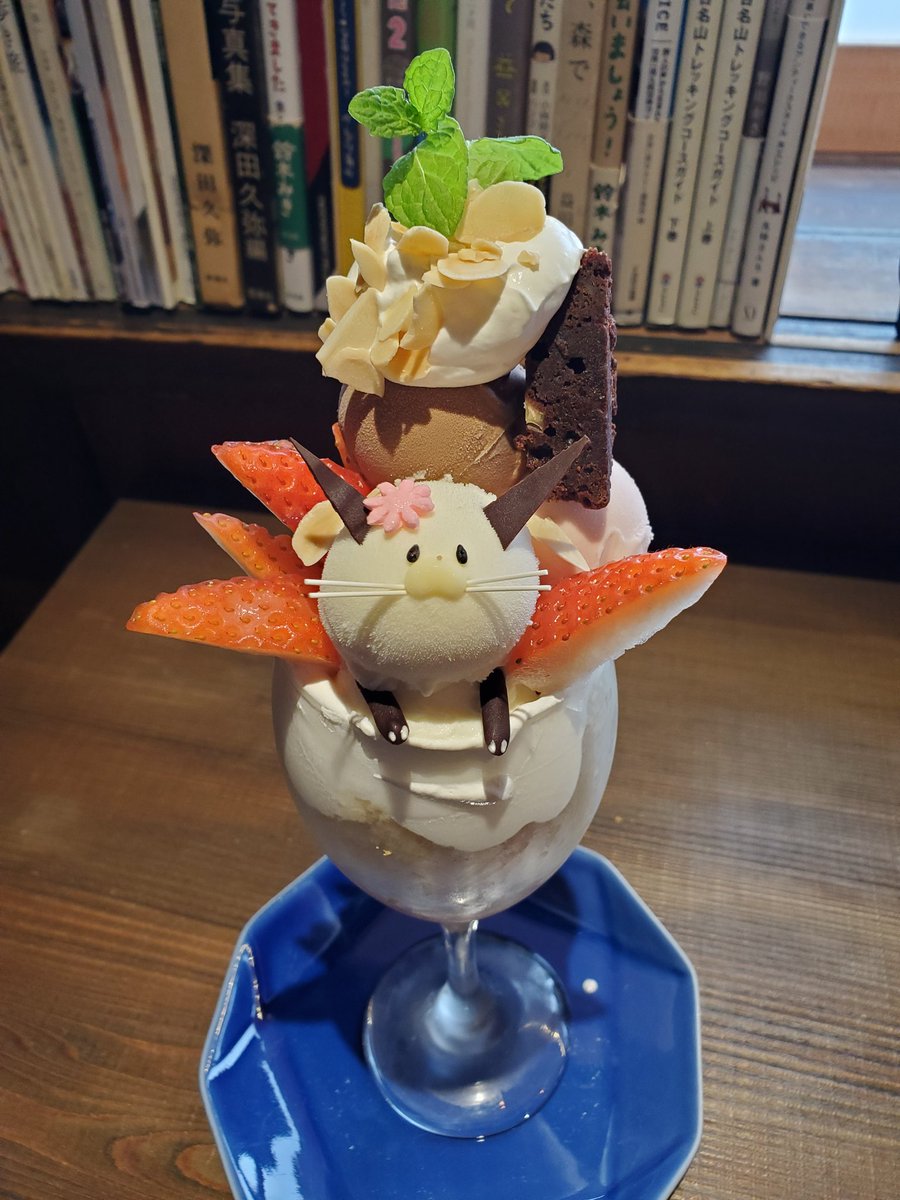
🌟THE STAR FESTIVAL🎋
chirr-chirr! insects also
work their looms...
stars of Tanabata
しやんしやんと虫もはたおりて星迎
-Issa.
Tanabata (七夕), also known as 'Hoshi-matsuri' (星祭り 'Star Festival'), celebrates the reunion of Orihime & Hikoboshi on the 7th day of the 7th month.



chirr-chirr! insects also
work their looms...
stars of Tanabata
しやんしやんと虫もはたおりて星迎
-Issa.
Tanabata (七夕), also known as 'Hoshi-matsuri' (星祭り 'Star Festival'), celebrates the reunion of Orihime & Hikoboshi on the 7th day of the 7th month.




Tanabata (七夕) evolved from 1 of the 'Go-sekku' (五節句), 5 events held on auspicious days throughout the year. Imported by the imperial court from China, these festivals now coincide with the 1st January, 3rd March, 5th May, 7th July and 9th September.
#Kyoto #Japan #七夕 #京都



#Kyoto #Japan #七夕 #京都




Some of the year's most arresting sweets appear at Tanabata🥰
🌟Kameya Kiyonaga's (亀屋清永) 'ama-no-gawa' (天の川) and 'hoshizukuyo' (星づく夜)
@kameyakiyonaga🙇♂️
🌟Tsuruya Yoshinobu's (鶴屋吉信) 'hoshi-matsuri' (星まつり) and 'tanabata' (七夕)
@tsuruya1803🙇♂️
#七夕 #和菓子 #京都



🌟Kameya Kiyonaga's (亀屋清永) 'ama-no-gawa' (天の川) and 'hoshizukuyo' (星づく夜)
@kameyakiyonaga🙇♂️
🌟Tsuruya Yoshinobu's (鶴屋吉信) 'hoshi-matsuri' (星まつり) and 'tanabata' (七夕)
@tsuruya1803🙇♂️
#七夕 #和菓子 #京都




Kameya Yoshinaga (亀屋良長) go all out for Tanabata💫🙌😋
🎋'ginga' (銀河 "galaxy")
🎋'negai-o-nosete' (願いをのせて "make a wish"/"place on a wish")
🎋'orihime-no-namida' (織姫の涙 "Orihime's tears")
🎋'tanabata' (七夕)
🙇♂️@yoshimura0303
🙇@YuikoYoshimura
🙇♀️@MoyuruShibata



🎋'ginga' (銀河 "galaxy")
🎋'negai-o-nosete' (願いをのせて "make a wish"/"place on a wish")
🎋'orihime-no-namida' (織姫の涙 "Orihime's tears")
🎋'tanabata' (七夕)
🙇♂️@yoshimura0303
🙇@YuikoYoshimura
🙇♀️@MoyuruShibata
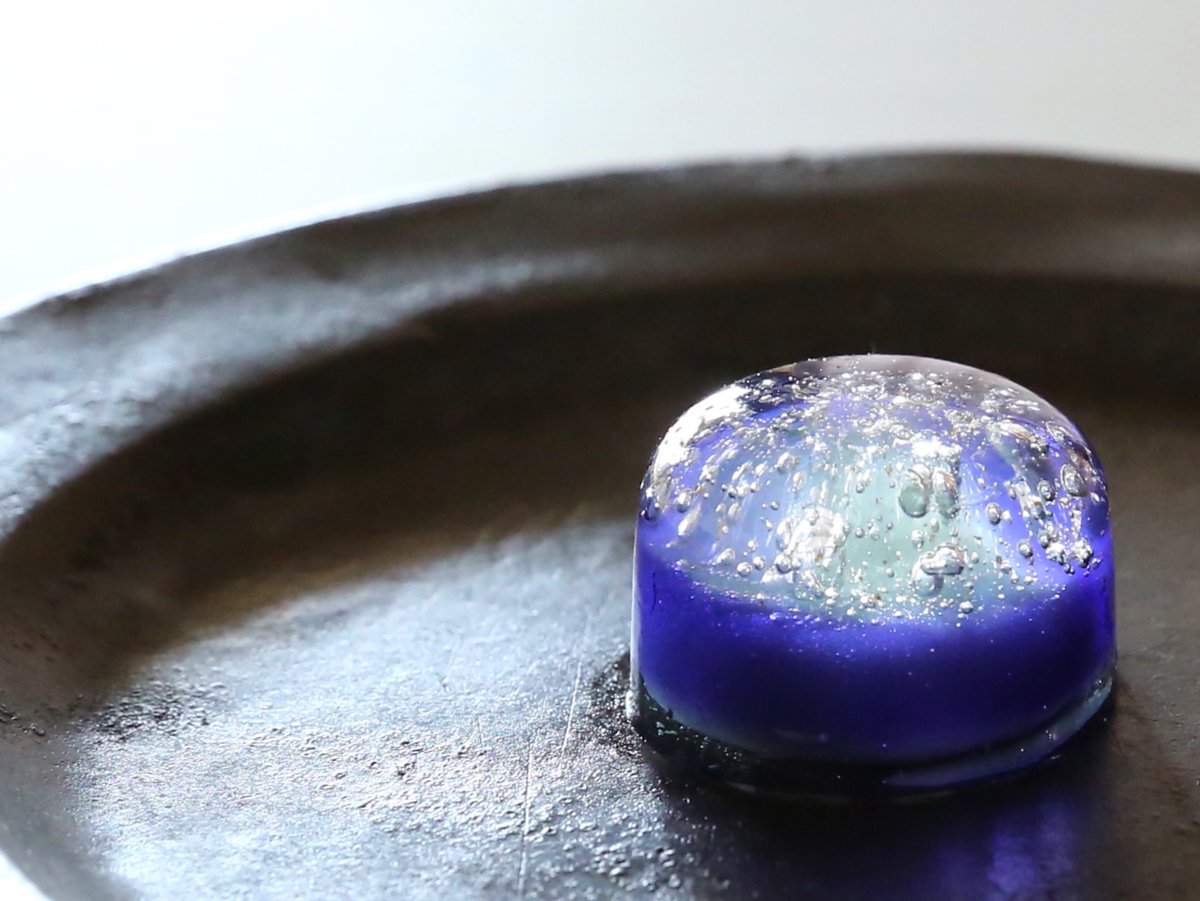



❤️A TALE OF LOVE💔
Orihime (織姫), represented by the star Vega, & her lover Hikoboshi (彦星), the star Altair, can meet only once a year.
On the 7th day of the 7th month, if the weather is fine, a mischief of magpies form a bridge across the 'Heavenly River' (the Milky Way).



Orihime (織姫), represented by the star Vega, & her lover Hikoboshi (彦星), the star Altair, can meet only once a year.
On the 7th day of the 7th month, if the weather is fine, a mischief of magpies form a bridge across the 'Heavenly River' (the Milky Way).




Orihime was the daughter of the 'Sky King' (天帝 'Tentei'). Each day she wove beautiful cloth beside the Ama-no-gawa (天の川), but her duties kept her from finding a partner.
Tentei thus arranged for her to meet with Hikoboshi, a cowherd who worked on the opposite riverbank.



Tentei thus arranged for her to meet with Hikoboshi, a cowherd who worked on the opposite riverbank.




The pair fell in love & married, but soon abandoned their duties: cloth went unmade & the cows caused havoc.
In anger Tentei separated them and destroyed any means of crossing the Heavenly River.
But his daughter's sadness forced a compromise...a bridge would appear once a year.
In anger Tentei separated them and destroyed any means of crossing the Heavenly River.
But his daughter's sadness forced a compromise...a bridge would appear once a year.
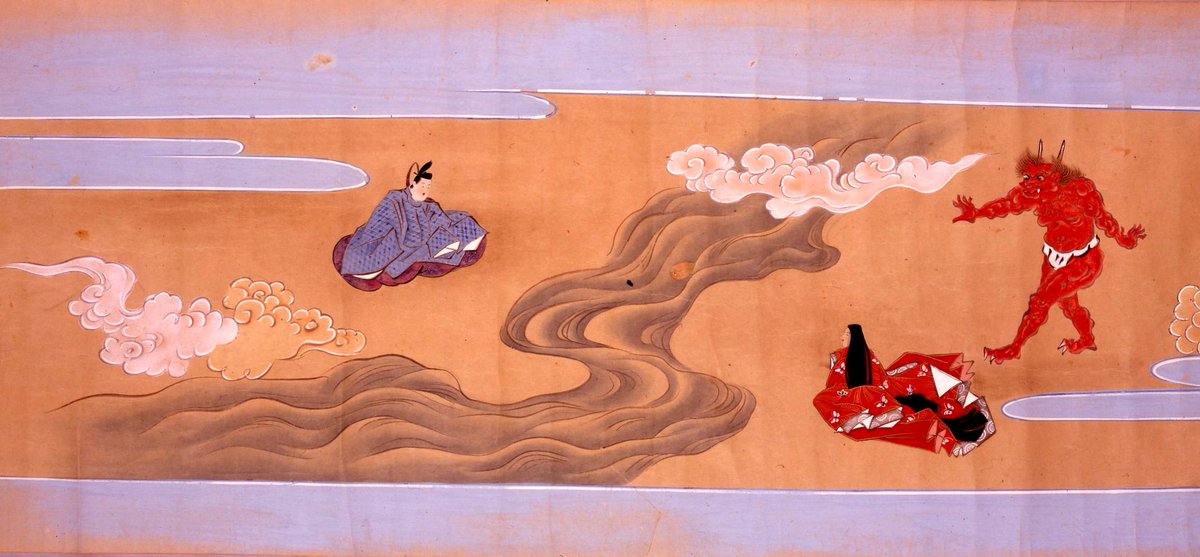
🌟Monzō-an (紋蔵庵)-'negai-sasa'/'hoshi-ai' (願い笹/星あい)
monzouan.com
🌟Hachinoki Shichifuku (鉢の木七冨久)-monaka
@hachinoki729
🌟Kawaguchiya (川口屋)-'ama-no-gawa' (天の川)
@kawaguchiya_758
🌟Beniya (紅谷)-'tanzaku mizu-manjū' (短冊水まんじゅう)
@qauDORC0cS7iLwn



monzouan.com
🌟Hachinoki Shichifuku (鉢の木七冨久)-monaka
@hachinoki729
🌟Kawaguchiya (川口屋)-'ama-no-gawa' (天の川)
@kawaguchiya_758
🌟Beniya (紅谷)-'tanzaku mizu-manjū' (短冊水まんじゅう)
@qauDORC0cS7iLwn




🪡ORIGINS🧵
In 755 Empress Kōken (孝謙天皇) adopted a Chinese festival called 'Qixi' (七夕), known as 'Kikkōden' (乞巧奠 the 'Festival to Plead for Skills') in Japan.
This celebration, popular with the Heian court, slowly evolved into the more recognizable event we know today.



In 755 Empress Kōken (孝謙天皇) adopted a Chinese festival called 'Qixi' (七夕), known as 'Kikkōden' (乞巧奠 the 'Festival to Plead for Skills') in Japan.
This celebration, popular with the Heian court, slowly evolved into the more recognizable event we know today.
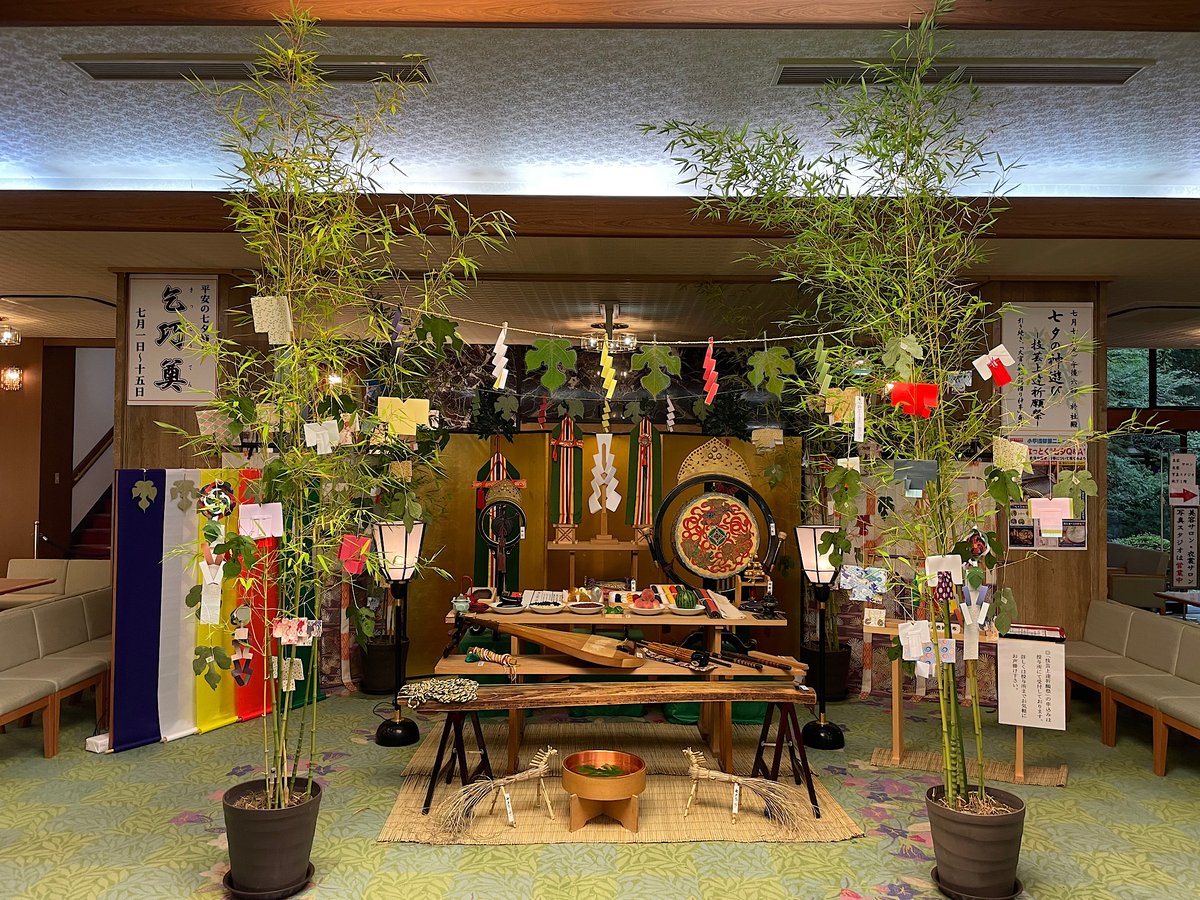



During Kikkōden foods from the sea and land were prepared, each offering connected to the other with threads in 5 colours. These threads were then attached to 7 gold & 7 silver needles.
It was customary to pray for the improvement of certain skills, such as weaving.
#Japan #七夕



It was customary to pray for the improvement of certain skills, such as weaving.
#Japan #七夕



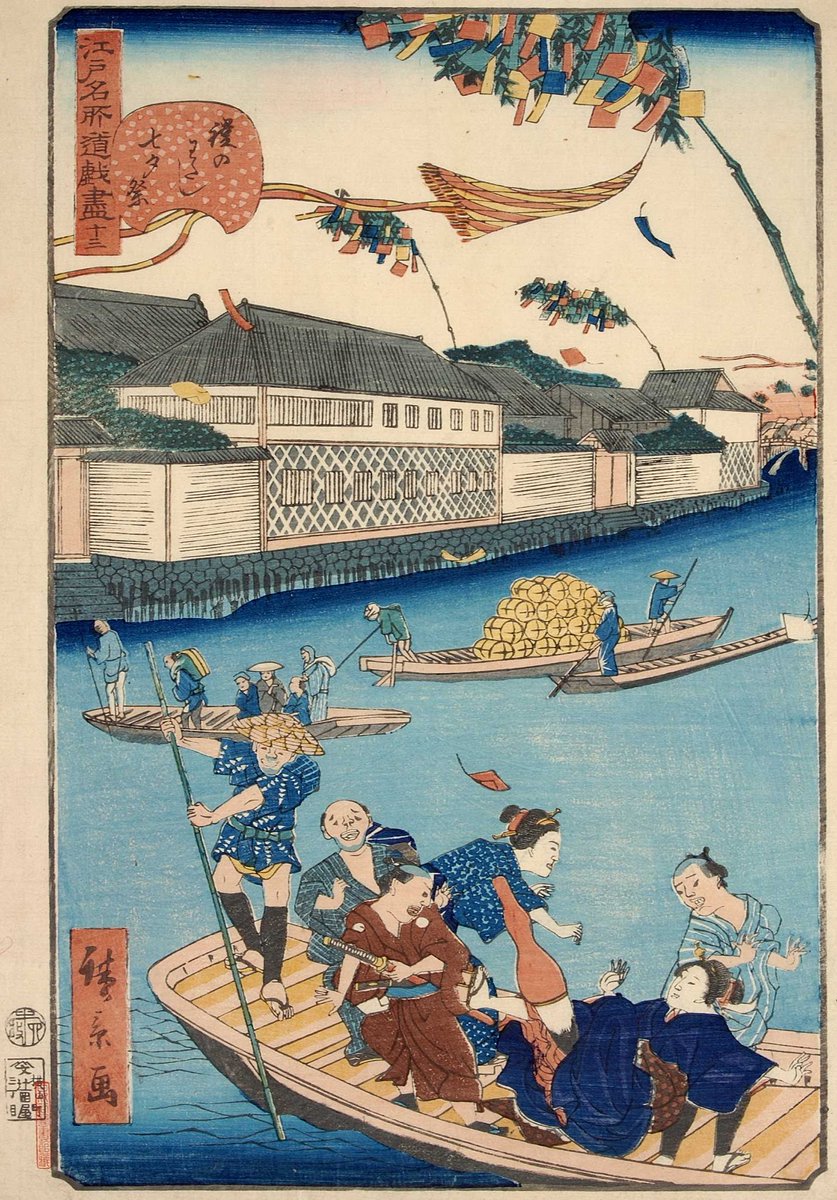
It is thought that Kikkōden (imported from China) merged with a Japanese purification ceremony, held around this time, to create Tanabata.
Priestesses would weave sacred cloth on a loom called a 'tanabata' (棚機), a prayer that the gods would protect the autumn harvest.
#Japan



Priestesses would weave sacred cloth on a loom called a 'tanabata' (棚機), a prayer that the gods would protect the autumn harvest.
#Japan




🎋THE NAME 'TANABATA'?🤔
When first imported the 'Qixi Festival' (七夕) was read as 'Shichiseki' in Japanese.
Over time, as Kikkōden merged with the native Shintō 'weaving' ceremony, the reading of '七夕' was changed to 'Tanabata' (after the looms used in the ritual).
#Tanabata



When first imported the 'Qixi Festival' (七夕) was read as 'Shichiseki' in Japanese.
Over time, as Kikkōden merged with the native Shintō 'weaving' ceremony, the reading of '七夕' was changed to 'Tanabata' (after the looms used in the ritual).
#Tanabata
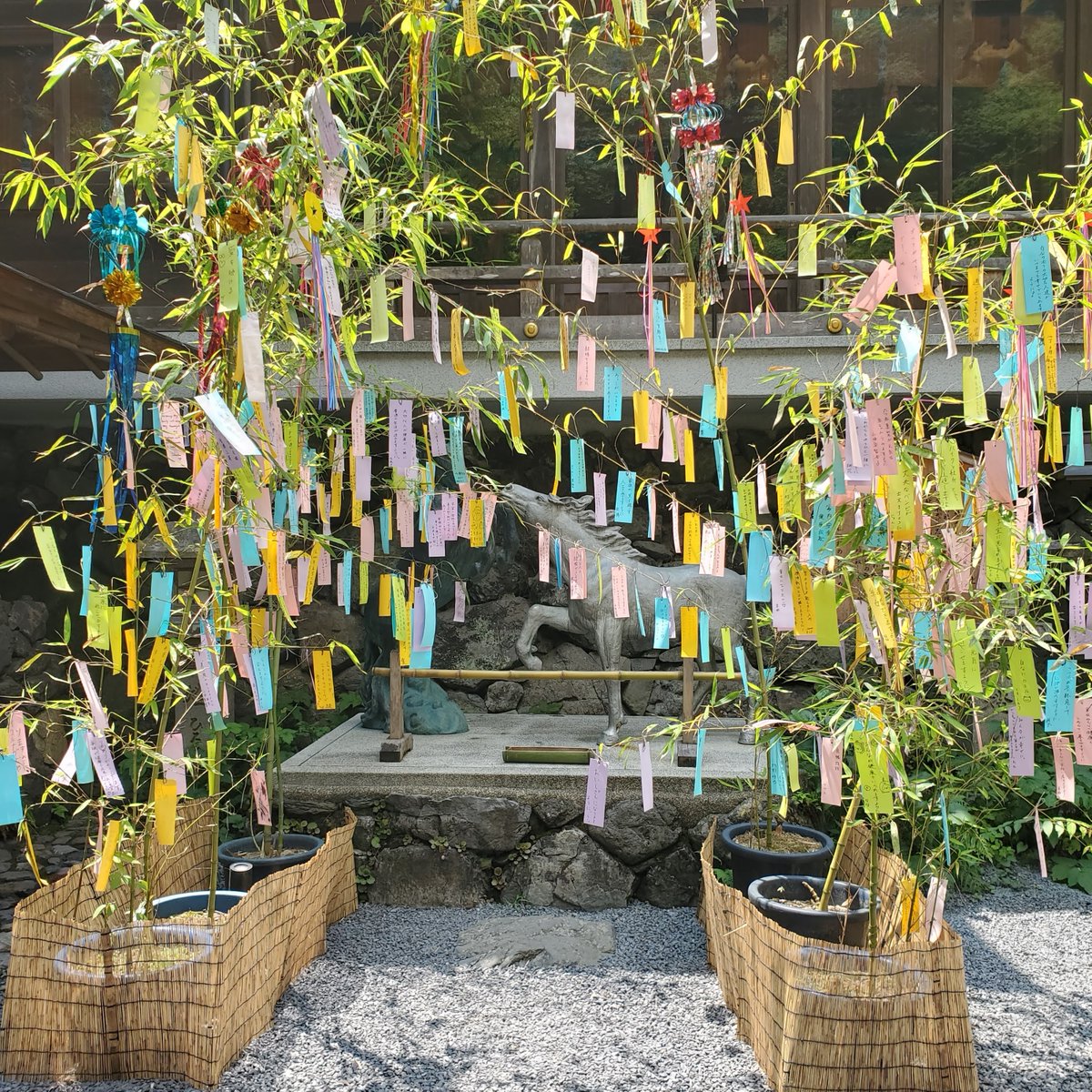

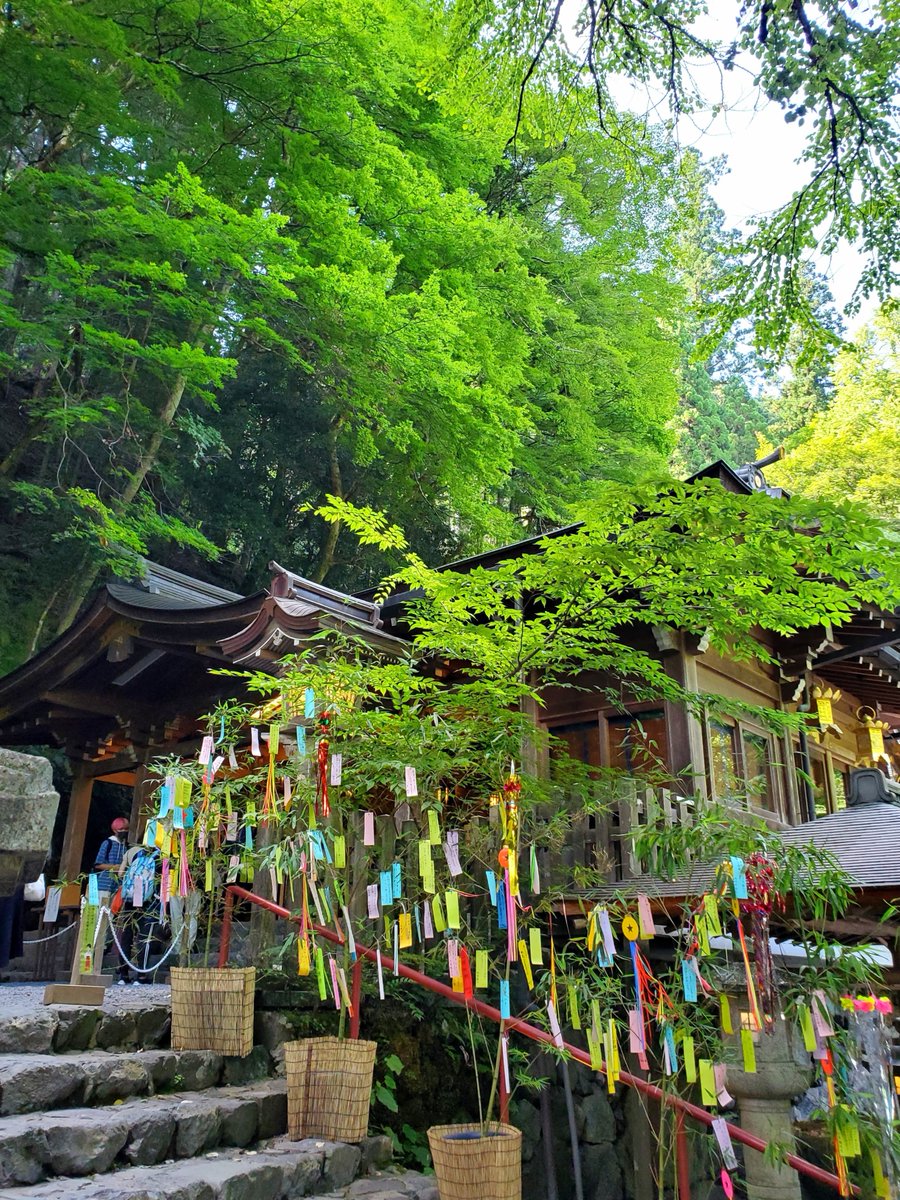

🌟Yamato-ya (大和屋)-'itomaki' (糸巻) & stunning dried-sweets selection
@yamatoya1778
🌟Hachinoki Shichifuku (鉢の木七冨久)-'tanabata kinton'/'orihime'/'kuromame-kanoko' (七夕きんとん/織姫/黒豆かのこ)
@hachinoki729
🌟Shōka-dō (松華堂)-'hoshi-no-shizuku' (星の雫)
@shokado0046
🙇♂️



@yamatoya1778
🌟Hachinoki Shichifuku (鉢の木七冨久)-'tanabata kinton'/'orihime'/'kuromame-kanoko' (七夕きんとん/織姫/黒豆かのこ)
@hachinoki729
🌟Shōka-dō (松華堂)-'hoshi-no-shizuku' (星の雫)
@shokado0046
🙇♂️




Tanabata became widespread in Edo times, joining with the Obon festivities (then held on the 15th of the 7th month).
It was customary to write wishes on strips of paper, the ink mixed with dew taken from taro leaves. Boys asked for better handwriting, girls better craftsmanship.
It was customary to write wishes on strips of paper, the ink mixed with dew taken from taro leaves. Boys asked for better handwriting, girls better craftsmanship.
📆A NEW DATE🧐
With the introduction of the Gregorian calendar, Tanabata was moved to July 7th and Obon to August 15th.
In spite of this many regions in Japan still uphold the traditional (lunar calendar) dates.
Some areas of Kyōto will be celebrating Tanabata on August 14th🎉



With the introduction of the Gregorian calendar, Tanabata was moved to July 7th and Obon to August 15th.
In spite of this many regions in Japan still uphold the traditional (lunar calendar) dates.
Some areas of Kyōto will be celebrating Tanabata on August 14th🎉


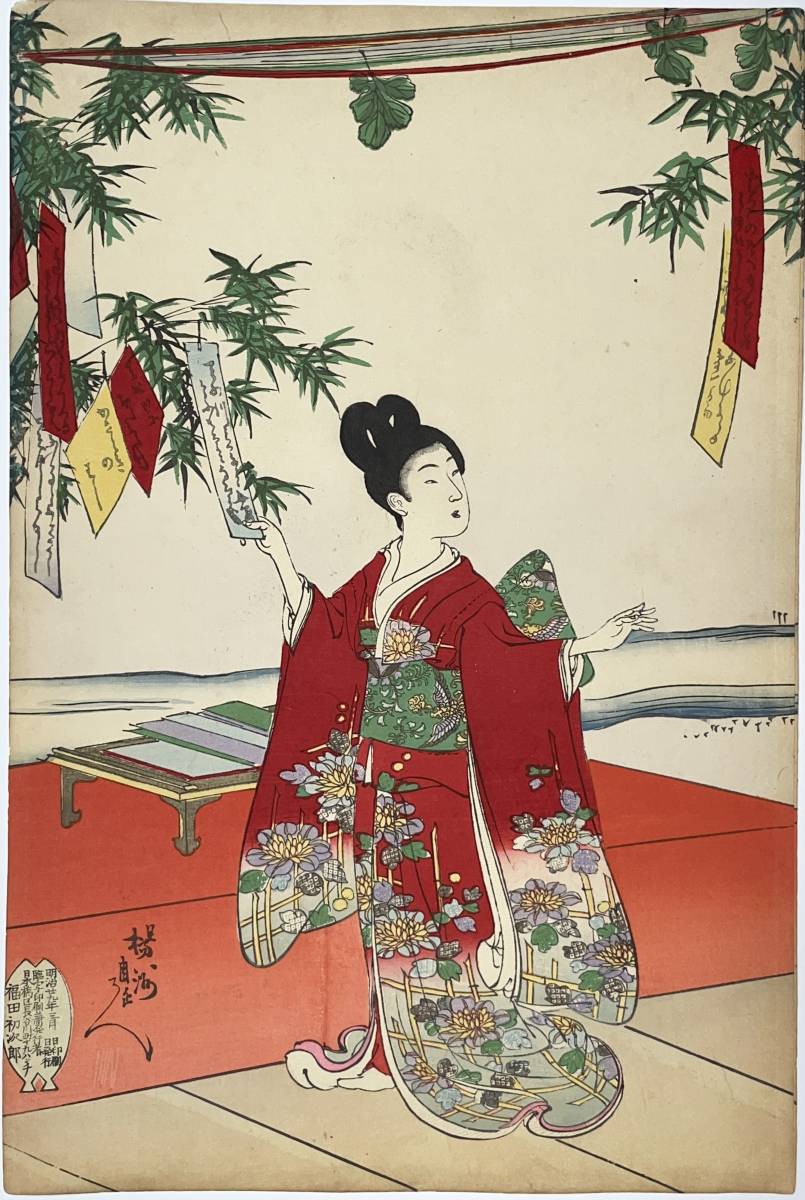

At Tanabata (七夕) people write wishes on colourful paper strips called 'tanzaku' (短冊) and hang them from decorated bamboo fronds.
In ancient times people originally etched poems on the leaves of sacred kajinoki (梶の木 'paper mulberry') trees & offered them to the gods.
#Kyoto



In ancient times people originally etched poems on the leaves of sacred kajinoki (梶の木 'paper mulberry') trees & offered them to the gods.
#Kyoto




In a custom possibly borrowed from Obon (originally the festivals were close together) the bamboo fronds were either burnt or floated away on a river or in the sea the following day.
Bamboo, fast & straight growing, green & hardy, is a symbol of health, determination & success.



Bamboo, fast & straight growing, green & hardy, is a symbol of health, determination & success.




Let's check in and see what our friend Misako-san at 'Panda-no-sanpo' (ぱんだの散歩) has been serving in the lead-up to Tanabata (七夕)🌟🥰♥️
🎋pandanosanpo.com/english/home/
🎋@panda_nosanpo
🎋instagram.com/pandanosanpo/
#京都 #ぱんだの散歩 #Kyoto #pandango #panda #Japan #パンダんご



🎋pandanosanpo.com/english/home/
🎋@panda_nosanpo
🎋instagram.com/pandanosanpo/
#京都 #ぱんだの散歩 #Kyoto #pandango #panda #Japan #パンダんご




🎶THE TANABATA SONG (笹の葉さらさら)🎵
The bamboo leaves rustle,
and sway under the eaves.
The stars twinkle
like gold and silver grains of sand.
The five-color paper strips
I have written them.
The stars twinkle,
watching from above.
🎋
#Tanabata #七夕
The bamboo leaves rustle,
and sway under the eaves.
The stars twinkle
like gold and silver grains of sand.
The five-color paper strips
I have written them.
The stars twinkle,
watching from above.
🎋
#Tanabata #七夕
ささの葉さらさら
のきばにゆれる
お星さまきらきら
きんぎん砂子(すなご)
五しきのたんざく
わたしがかいた
お星さまきらきら
空からみてる
🎋🎶
#Tanabata #七夕 #Japan #StarFestival #笹の葉さらさら
のきばにゆれる
お星さまきらきら
きんぎん砂子(すなご)
五しきのたんざく
わたしがかいた
お星さまきらきら
空からみてる
🎋🎶
#Tanabata #七夕 #Japan #StarFestival #笹の葉さらさら
🌟Kinchō-dō (金蝶堂)-'ama-no-gawa' (天の川)
@kinchodo3
🌟Ōmiya (近江屋)-'ama-no-gawa' (天の川)
@oumiya_toyota
🌟Hisanoya (久乃屋)-'hoshi-no-kakera' (星のかけら)
@hisanoya1961
🌟Beniya Miyake (紅谷三宅)-'ama-no-gawa' (カラー銀箔の天の川)
@beniyamiyake⬇️




@kinchodo3
🌟Ōmiya (近江屋)-'ama-no-gawa' (天の川)
@oumiya_toyota
🌟Hisanoya (久乃屋)-'hoshi-no-kakera' (星のかけら)
@hisanoya1961
🌟Beniya Miyake (紅谷三宅)-'ama-no-gawa' (カラー銀箔の天の川)
@beniyamiyake⬇️
https://twitter.com/camelliakyoto/status/1452919586018381824?s=20&t=XwyjqppUcQgkBBXha87e9g




🎋SENDAI CELEBRATES (仙台七夕まつり)👏
Japan's greatest Tanabata celebration is held in Sendai from August 6-8th.
Beginning with the creation of the city under Date Masamune (伊達政宗 1567-1636), the festival grew throughout the Edo period, but almost vanished in the early 20thC.



Japan's greatest Tanabata celebration is held in Sendai from August 6-8th.
Beginning with the creation of the city under Date Masamune (伊達政宗 1567-1636), the festival grew throughout the Edo period, but almost vanished in the early 20thC.




7 decorations can be seen at the Sendai Tanabata festival...
🎋tanzaku (短冊)-colourful strips of paper on which wishes are written
🎋orizuru (折り鶴 'origami crane')-longevity
🎋toami (投網 'casting net')-good fishing (catching fortune)
🎋kinchaku (巾着 'purse')-good business



🎋tanzaku (短冊)-colourful strips of paper on which wishes are written
🎋orizuru (折り鶴 'origami crane')-longevity
🎋toami (投網 'casting net')-good fishing (catching fortune)
🎋kinchaku (巾着 'purse')-good business




🎋fukinagashi (吹き流し 'paper windsock')-improved weaving skills
🎋kuzukago (くずかご 'rubbish bag')-cleanliness, purification, a new start
🎋kusudama (薬玉)-decorative ball above the main decoration (created by a Sendai storekeeper in 1946, modeled after a dahlia)
#Tanabata



🎋kuzukago (くずかご 'rubbish bag')-cleanliness, purification, a new start
🎋kusudama (薬玉)-decorative ball above the main decoration (created by a Sendai storekeeper in 1946, modeled after a dahlia)
#Tanabata



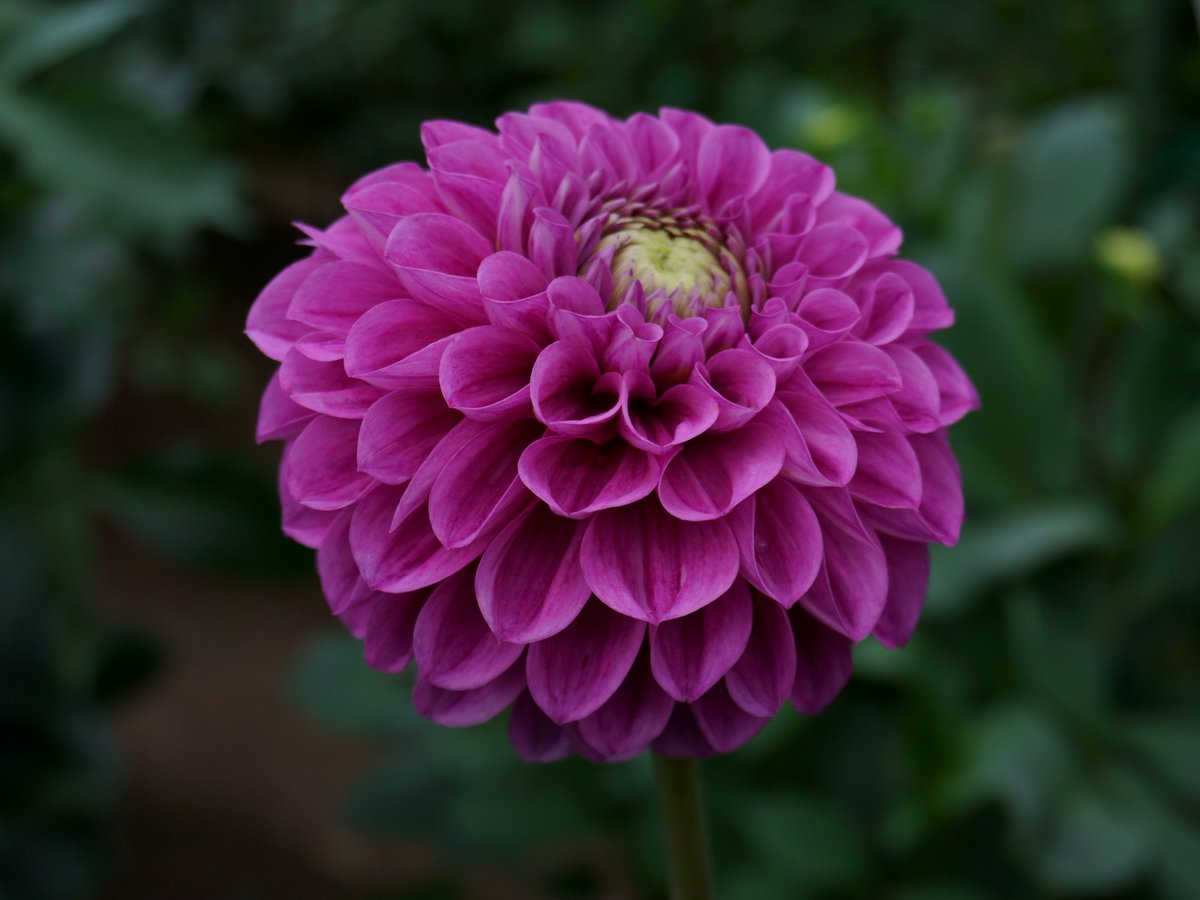
Here are the orizuru (折り鶴 'origami cranes') my friend Maki-san crafted for Tanabata.
They are......unusual🤣
I've called them the 'leggy cranes'.
#Tanabata #七夕 #Kyoto #京都 #折り鶴 #origami #leggycranes



They are......unusual🤣
I've called them the 'leggy cranes'.
#Tanabata #七夕 #Kyoto #京都 #折り鶴 #origami #leggycranes




🌧️THE TEARS OF ORIHIME😢
Rain on Tanabata is known as 'the tears of Orihime and Hikoboshi', because bad weather will prevent the flock of magpies from forming a bridge across the Ama-no-gawa.
If the lovers cannot meet on this day then they must wait another year!
#Japan #Kyoto
Rain on Tanabata is known as 'the tears of Orihime and Hikoboshi', because bad weather will prevent the flock of magpies from forming a bridge across the Ama-no-gawa.
If the lovers cannot meet on this day then they must wait another year!
#Japan #Kyoto
Tanabata rain is a sad occasion because it prevents the lovers Orihime and Hikoboshi from meeting, but rain the day before (July 6th) is considered auspicious.
Known as 'sensha-u' (洗車雨), 'car-washing rain', we imagine Hikoboshi preparing his cart for the once-a-year tryst.
Known as 'sensha-u' (洗車雨), 'car-washing rain', we imagine Hikoboshi preparing his cart for the once-a-year tryst.
But......🥁
Today is a clear and swelteringly hot day here in Kyōto, so it looks like the magpies will flocking to make a bridge for the lovers this evening🙌💫🎆
Love wins out🎉
#Kyoto #京都 #Japan #Tanabata #七夕 #starfestival #星まつり
Today is a clear and swelteringly hot day here in Kyōto, so it looks like the magpies will flocking to make a bridge for the lovers this evening🙌💫🎆
Love wins out🎉
#Kyoto #京都 #Japan #Tanabata #七夕 #starfestival #星まつり
🎋NOH🖋️
Tanabata features in the play 'Sekidera Komachi' (関寺小町).
The abbot of Sekidera (関寺小) is on his way to celebrate Tanabata when he meets an old woman. They talk of poetry, & it's revealed she's the poet Ono-no-Komachi (小野小町 825-900), once renowned for her beauty.



Tanabata features in the play 'Sekidera Komachi' (関寺小町).
The abbot of Sekidera (関寺小) is on his way to celebrate Tanabata when he meets an old woman. They talk of poetry, & it's revealed she's the poet Ono-no-Komachi (小野小町 825-900), once renowned for her beauty.

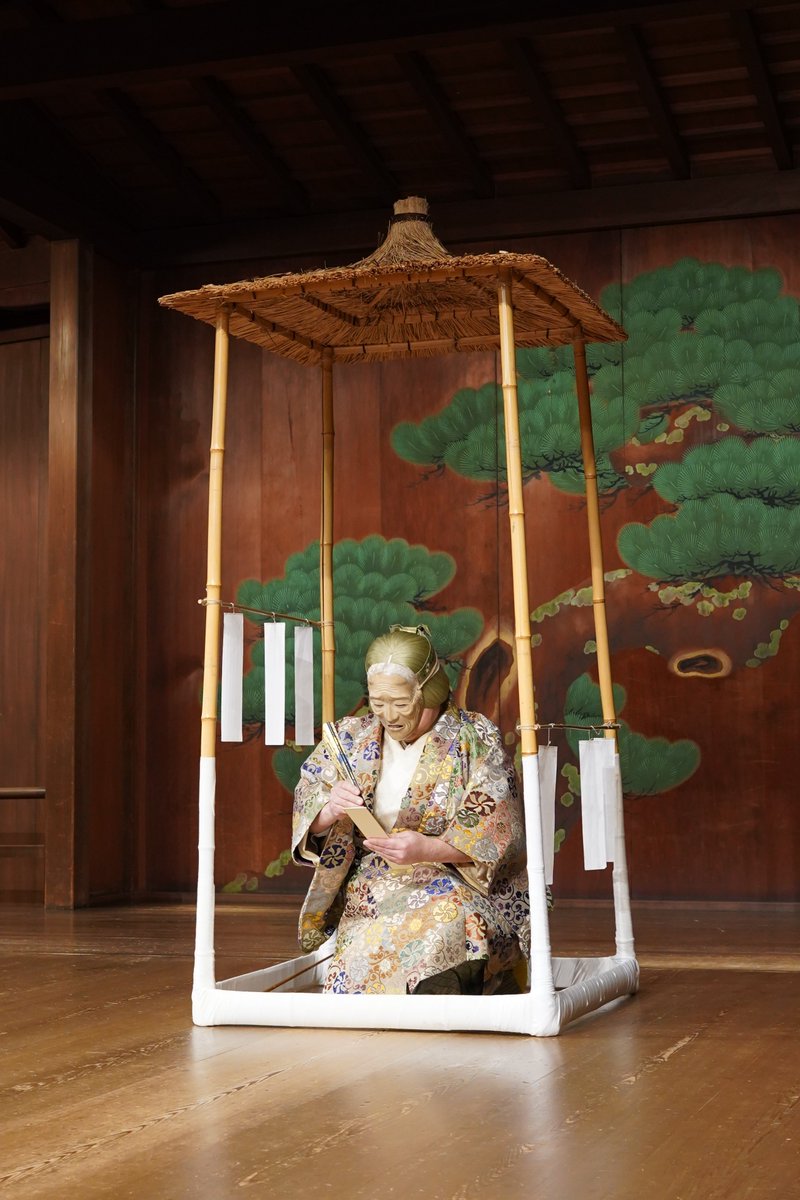


The abbot asks her to accompany him, but she declines. Before he leaves the child traveling with him dances, inspiring Ono to join in.
Ono dances until dawn, depressed by her poverty, old age and faded looks. Tanabata, a celebration of young love, underscores her pitifulness.



Ono dances until dawn, depressed by her poverty, old age and faded looks. Tanabata, a celebration of young love, underscores her pitifulness.




• • •
Missing some Tweet in this thread? You can try to
force a refresh








